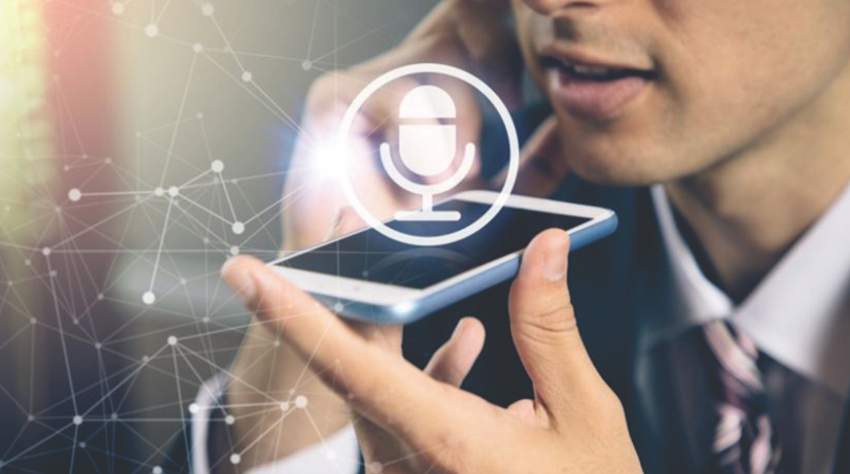Internet of Things (IoT) refers to a system where objects in the physical world, and sensors within or attached to these objects, are connected to the Internet via wireless or wired internet connections. NFC, Wi-Fi, Bluetooth, and Zigbee are the various medium of creating a local area connections used by these sensors. Sensors also have a wide area of connectivity such as GSM, GPRS, 3G, and LTE.
Natural language processing technology permits the program to interpret the speech and respond in everyday language when a command is issued to the virtual assistant. The technology is in its initial phase but more and more companies are spending resources in machine learning, specifying a robust growth in AI products and apps in the near future.
What does it means for business?
IoT influences every business. Mobile and the Internet of Things will change the types of devices that are associated with a company’s systems. The IoT will help businesses gain efficiencies, harness intelligence from a wide range of equipment, improve operations and increase customer satisfaction. It will have a profound impact on people’s lives and will improve public safety, transportation and healthcare with better information and faster communications of this information. With this, communication, control and cost savings will have the major impact on every business and society.
The voice-activated devices is changing the overall face of interacting with customers and is here with an aim of making people’s lives easier, allowing access to the perfect recipe of the technology with ease. From phone calls to emails and social comments to chats, all of the tasks are handled by the automated system, programmed to replicate human functions.
Security
Voice-enabled devices are always listening; this brings up a lot of privacy concerns. The recorded voices are sent to the backend servers and are also sent over an encrypted connection. This of course also means that linked account must be protected with strong passwords and two-factor authentication (2FA) where possible, as anyone that has access to the account can listen in remotely.
How Do They Work?
Once activated through the keyword the voice assistant starts accessing and recording the voice. It makes use of speech recognition and natural language understanding to understand the program. The context of this is then analyzed in the cloud and a reply is sent back. The device is always listening for the trigger keyword. The word or phrase is detected locally on the device, and only once it is matched is a recording made and sent back to the servers. The audio which is captured by the voice- assistant are mainly influenced by the speaker’s voice against the wall of the room, the background noise from outside, the acoustic echo coming from the device’s loudspeaker and the output audio against the wall of the room.
Voice recognition technology contributes to cost savings by minimizing or even eliminating the need for live agents while improving customer experience. Dictation ability is one of the benefits the voice-enabled devices provide. With the help of technology, users can easily control devices and create documents by speaking. Voice enabled devices can allow documents to be created faster because the software generally produces words as fast as they are spoken, which is generally much faster than a person can type.
Technology Finds its Voice


